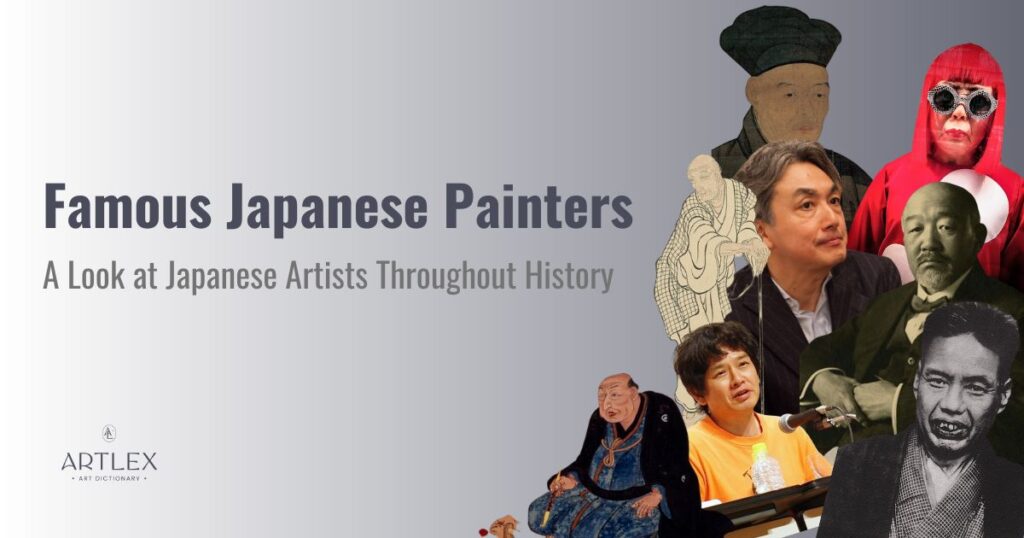
Japan’s rich artistic heritage has been shaped by unique techniques, various styles, and incredible talents that have left a lasting impact on the art world.
In this blog post, we take you on a fascinating journey to discover 20 of the most influential Japanese artists across different periods – from ancient Japan to contemporary artistry. You’ll learn more about various Japanese art styles, prominent Japanese artists, and the Superflat art movement.
1. Hokusai
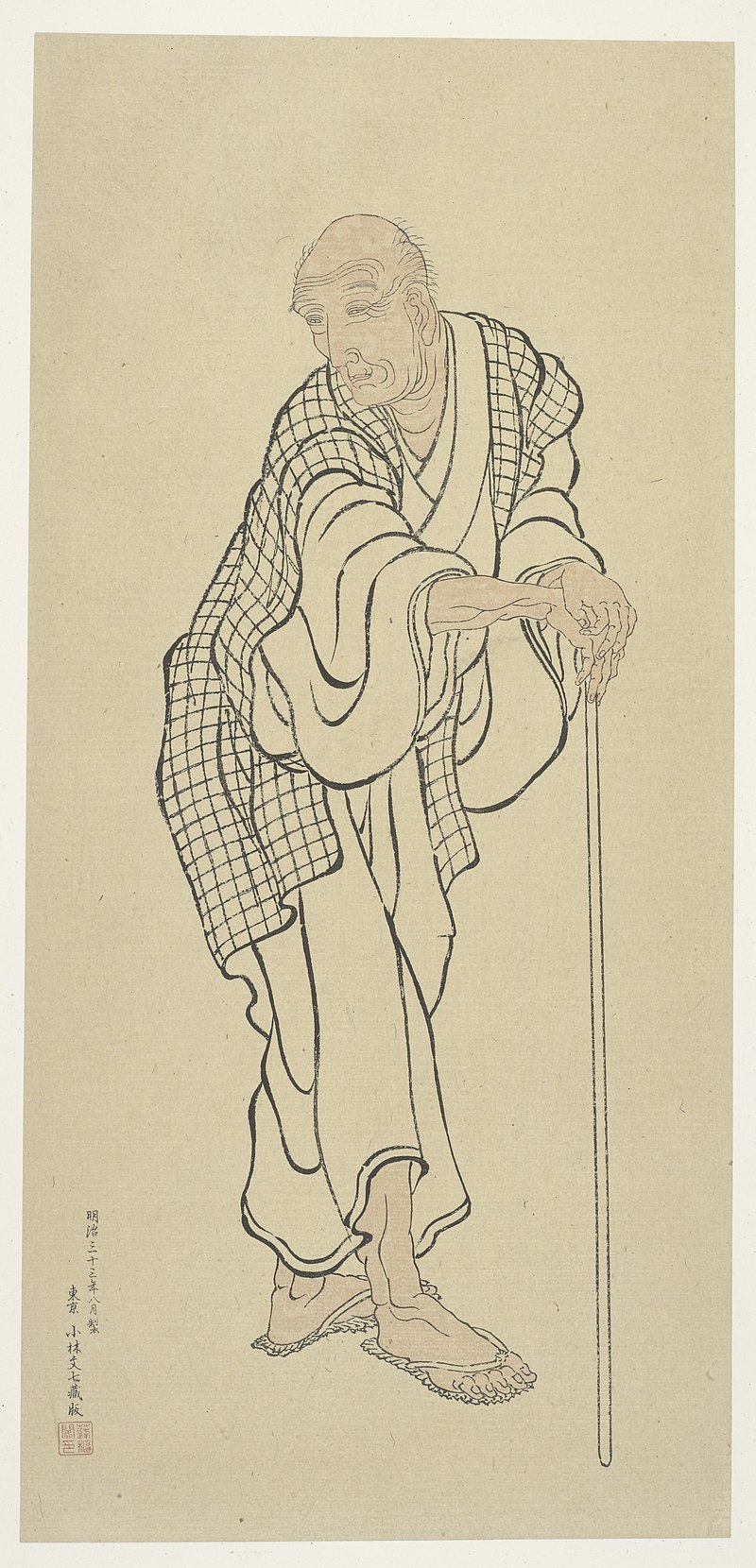
- Birth Year: 1760
- Death Year: 1849
- Nationality: Japanese
- Art Movement: Ukiyo-e
- Notable Characteristics/Subject Matter: The natural world
- Notable Artwork: “Oceans of Wisdom”
Katsushika Hokusai made significant contributions to the world of art during his lifetime. Recognized as one of the greatest masters in art history, Hokusai was renowned for his innovative subject matter and modernization of traditional print styles.
As an ukiyo-e artist from the Edo period, he showcased Japan’s culture through iconic works such as “The Great Wave off Kanagawa.” He is among the most famous Japanese artists.
2. Takashi Murakami
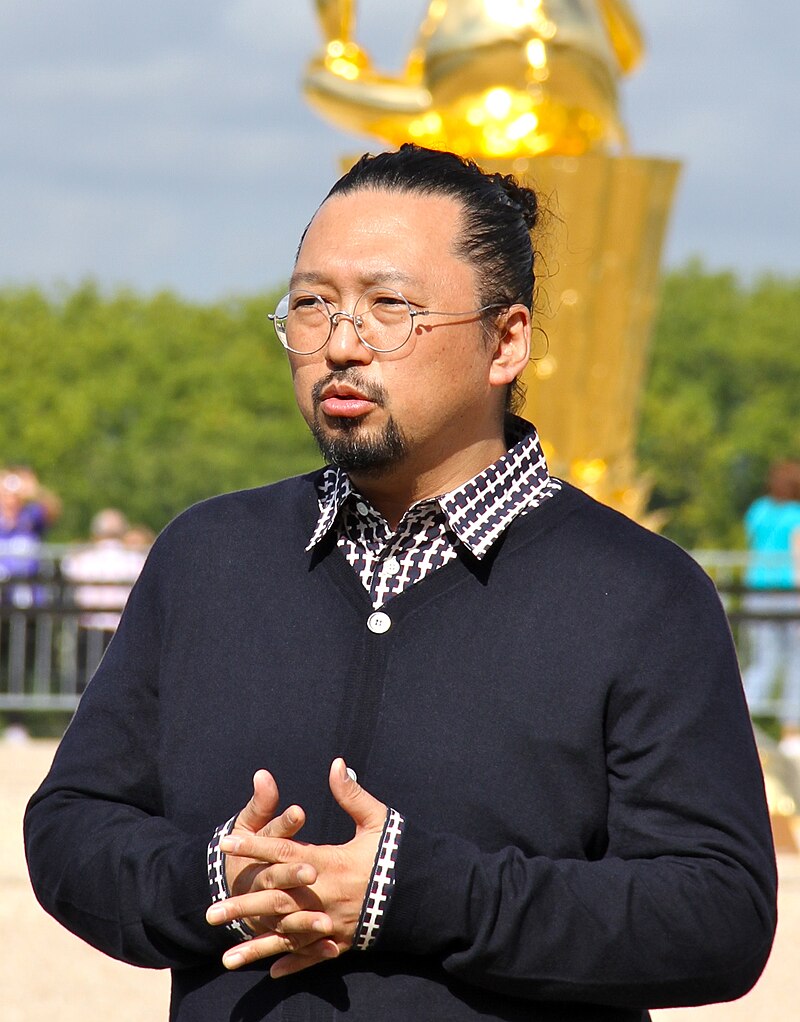
- Birth Year: 1962
- Death Year: Living as of 2023
- Nationality: Japanese
- Art Movement: Contemporary
- Notable Characteristics/Subject Matter: Bursts of vibrant color
- Notable Artwork: “Flowers”
Takashi Murakami has become a world-renowned artist for his ability to seamlessly blend traditional Japanese art styles with contemporary culture. He is one of the most famous Japanese artists.
Murakami is not only recognized for his fine arts creations but is also known for his commercial partnerships with luxury brands such as Louis Vuitton. His unique style dubbed “Superflat” often features bright colors and characters inspired by Japanese folklore and popular media. As a Japanese art style, Superflat is rising in popularity.
3. Yayoi Kusama
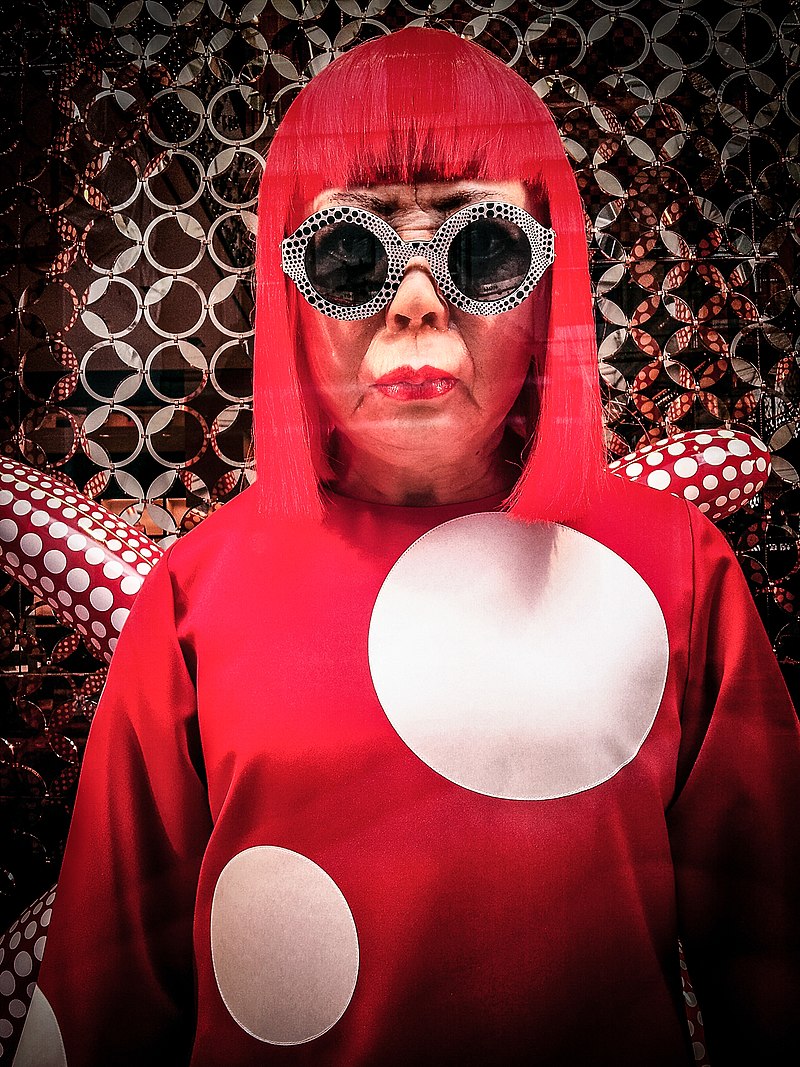
- Birth Year: 1929
- Death Year: Living as of 2023
- Nationality: Japanese
- Art Movement: Pop art
- Notable Characteristics/Subject Matter: Polka dots
- Notable Artwork: “Pumpkin”
Yayoi Kusama is a renowned contemporary artist. With her work mainly focusing on sculpture and installation, she also delves into the realms of painting, performance, and video art. She is well respected among Japanese artists and is a famous Japanese artist. Her work now has a solid place in Japanese culture.
Kusama’s art transports viewers to hypnotic worlds with obsessively detailed patterns characterized by polka dots and cosmic designs. Her famous “Infinity Room” presents an unforgettable experience that has captivated audiences worldwide.
4. Hasegawa Tōhaku
- Birth Year: 1539
- Death Year: 1610
- Nationality: Japanese
- Art Movement: Unknown, active in the Azuchi–Momoyama period
- Notable Characteristics/Subject Matter: Heavy use of neutral colors
- Notable Artwork: “Pine Trees”
Tōhaku’s most famous work is the monumental screen painting known as “Pine Trees,” which showcases his exceptional skill in depicting natural scenery with a sense of depth and perspective. It features towering pine trees rendered in bold and dynamic brushstrokes, conveying a powerful sense of presence and vitality.
He is regarded as one of the greatest painters of the Azuchi-Momoyama period and is still celebrated for his mastery of ink wash techniques, his ability to capture the essence of nature, and his lasting contributions to the artistic legacy of Japan.
5. Sesshū Tōyō
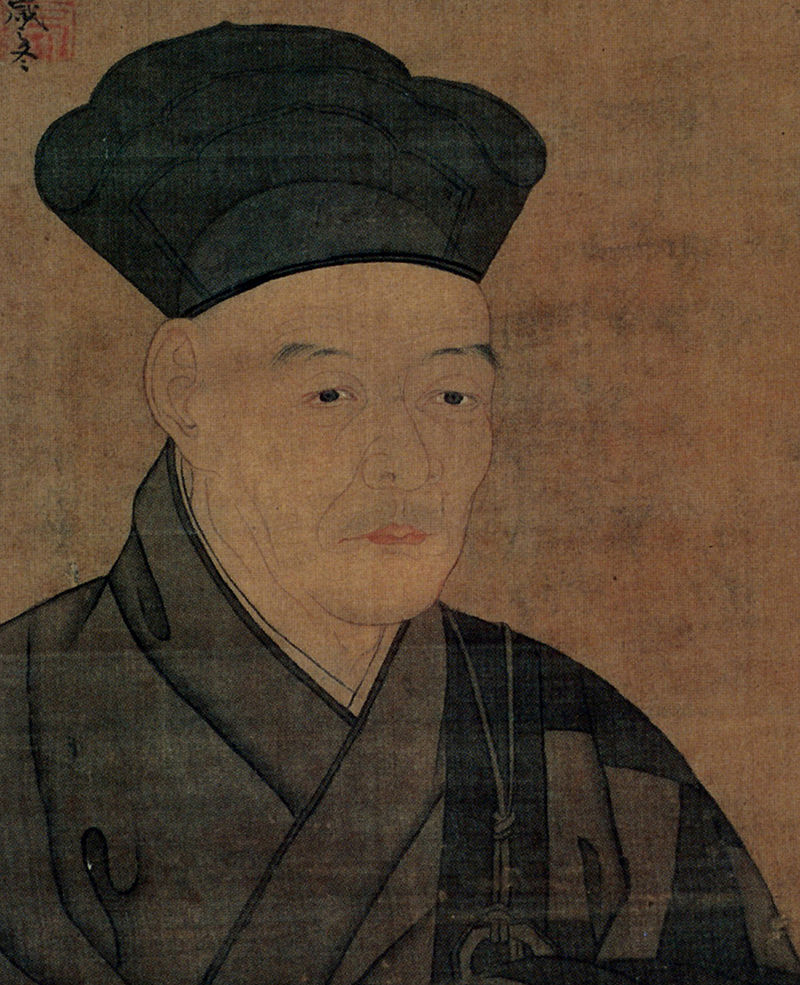
- Birth Year: 1420
- Death Year: 1506
- Nationality: Japanese
- Art Movement: Zen Buddhist
- Notable Characteristics/Subject Matter: Landscape
- Notable Artwork: “Landscape by Sesshu”
Sesshū’s artistic contributions extended beyond his paintings. He also played a crucial role in fostering the development of Japanese ink painting through his teachings and influence on subsequent generations of artists.
Today, Sesshū Tōyō’s legacy endures as one of the most esteemed figures in the history of Japanese ink painting. His mastery of brushwork, his ability to capture the spirit of Zen Buddhism, and his profound understanding of nature continue to inspire artists and enthusiasts alike, leaving an indelible mark on the world of Japanese art.
6. Utamaro
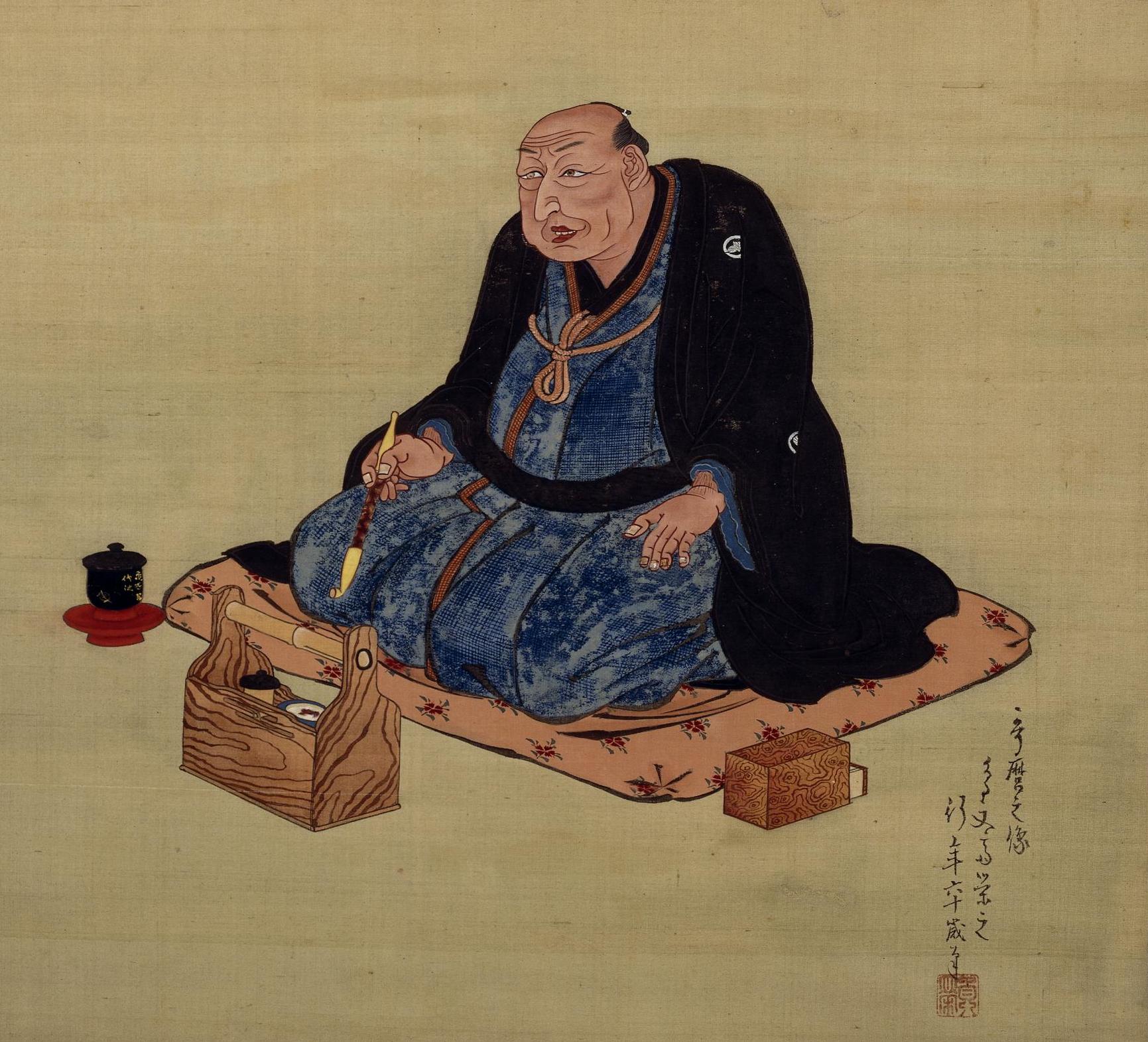
- Birth Year: 1753
- Death Year: 1806
- Nationality: Japanese
- Art Movement: Ukiyo-e
- Notable Characteristics/Subject Matter: People associated with the “floating world” lifestyle
- Notable Artwork: “Two Beauties”
Utamaro Kitagawa, commonly known as Utamaro, was a prominent Japanese ukiyo-e artist. Utamaro is renowned for his exquisite woodblock prints and portraits of beautiful women.
Utamaro’s artwork captured elegance, grace, and sensuality during the Edo period. His prints depicted women from various social classes, ranging from geishas and courtesans to ordinary townspeople.
Utamaro’s unique style involved intricate details, delicate lines, and meticulous attention to facial expressions and clothing patterns, creating a sense of realism and capturing the individuality of each subject. He has an influence over many Japanese artists.
7. Kanō Eitoku
- Birth Year: 1543
- Death Year: 1590
- Nationality: Japanese
- Art Movement: Yamato-e
- Notable Characteristics/Subject Matter: Vibrant colors
- Notable Artwork: “Chinese Lions”
Kanō Eitoku was a highly esteemed Japanese painter who lived during the late 16th century, known for his contributions to the Kanō School of Painting. Born in 1543 in Kyoto, Eitoku was part of a prestigious lineage of artists and played a pivotal role in shaping the artistic landscape of his time.
Eitoku’s style was heavily influenced by the artistic traditions of the Muromachi period, particularly the Yamato-e style and the Zen Buddhist aesthetic.
8. Kawanabe Kyōsai
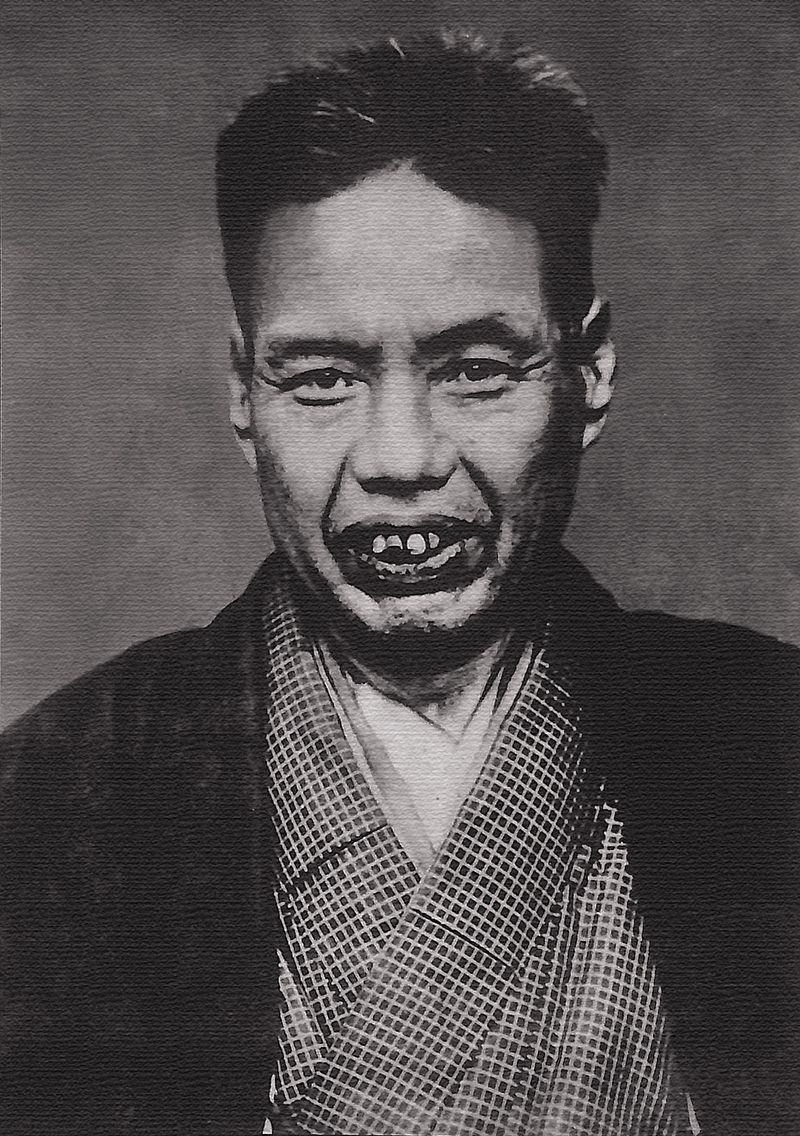
- Birth Year: 1831
- Death Year: 1889
- Nationality: Japanese
- Art Movement: Nihonga
- Notable Characteristics/Subject Matter: The natural world
- Notable Artwork: “Crow on a Branch”
Kawanabe Kyōsai was a prominent Japanese artist who lived during the late Edo and Meiji periods. He was known for his exceptional talent, versatility, and unconventional artistic style.
Kyōsai’s artworks encompassed mediums, including painting, woodblock prints, caricatures, and sculpture. Lots of Japanese artists now seek to mimic his technique.
9. Tawaraya Sōtatsu
- Birth Year: 1570
- Death Year: 1643
- Nationality: Japanese
- Art Movement: From the Rinpa School
- Notable Characteristics/Subject Matter: Generally abstract
- Notable Artwork: “Waves at Matsushima”
Tawaraya Sōtatsu was a renowned Japanese artist. He was a prominent figure in the development of the Rinpa school of painting, which emphasized bold compositions, vibrant colors, and decorative elements. Sōtatsu’s works spanned a variety of mediums, including paintings, screens, fans, and calligraphy.
Sōtatsu’s style was characterized by his innovative approach to composition and his skillful use of gold and silver leaf. He often incorporated elements from Japanese literature, poetry, and classical themes into his artworks, creating visually striking and harmonious compositions. As a famous Japanese artist, his work is well known and he has greatly influenced other aspiring artists.
10. Yoshitomo Nara
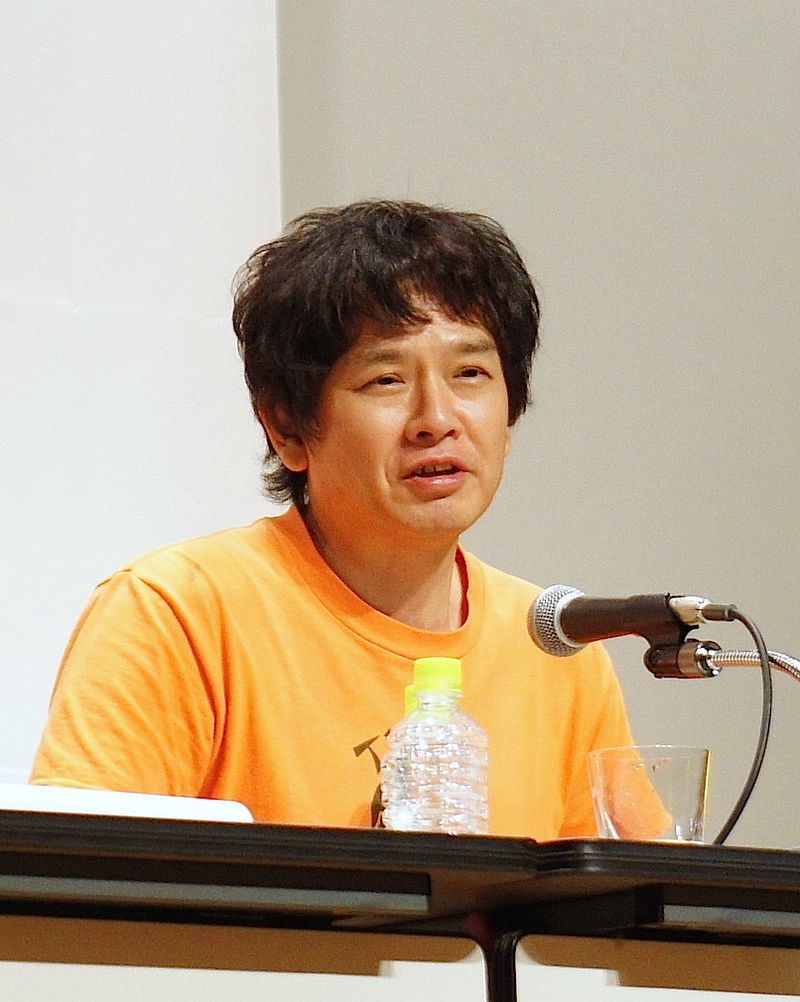
- Birth Year: 1959
- Death Year: Living as of 2023
- Nationality: Japanese
- Art Movement: Pop art
- Notable Characteristics/Subject Matter: People
- Notable Artwork: “Star Island”
Yoshitomo Nara is a highly acclaimed contemporary artist and a very famous Japanese painter. He is known for his distinctive style and iconic portrayals of innocent yet defiant-looking children.
Nara’s art uses bold lines, vivid colors, and deceptively simple visual language. His signature subject, the child figure, often reflects a sense of vulnerability, isolation, or rebellion, challenging societal norms and expectations. Nara explores universal themes such as identity, loneliness, and the complexities of human emotions.
11. Ogata Kōrin
- Birth Year: 1658
- Death Year: 1716
- Nationality: Japanese
- Art Movement: From the Ripna School
- Notable Characteristics/Subject Matter: Japanese landscapes, nature, water
- Notable Artwork: “Rough Waves”
Kōrin’s works often featured nature themes, including birds, flowers, and landscapes, which he rendered with a striking sense of balance, rhythm, and asymmetry. He employed a distinctive use of gold and silver leaf, as well as bold outlines and vibrant pigments, resulting in visually captivating and harmonious compositions.
12. Tomioka Tessai
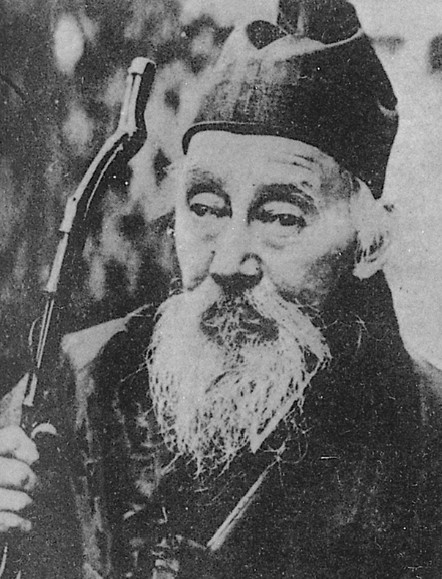
- Birth Year: 1837
- Death Year: 1924
- Nationality: Japanese
- Art Movement: Nihonga
- Notable Characteristics/Subject Matter: The natural world
- Notable Artwork: “Embarking on a Raft”
Tessai was born in Kyoto and began his artistic studies at a young age. He initially trained in the Kano School of Painting, which emphasized realistic and detailed depictions. However, he later developed a strong interest in literati painting and calligraphy, which became the focal point of his artistic pursuits.
13. Yasumasa Morimura
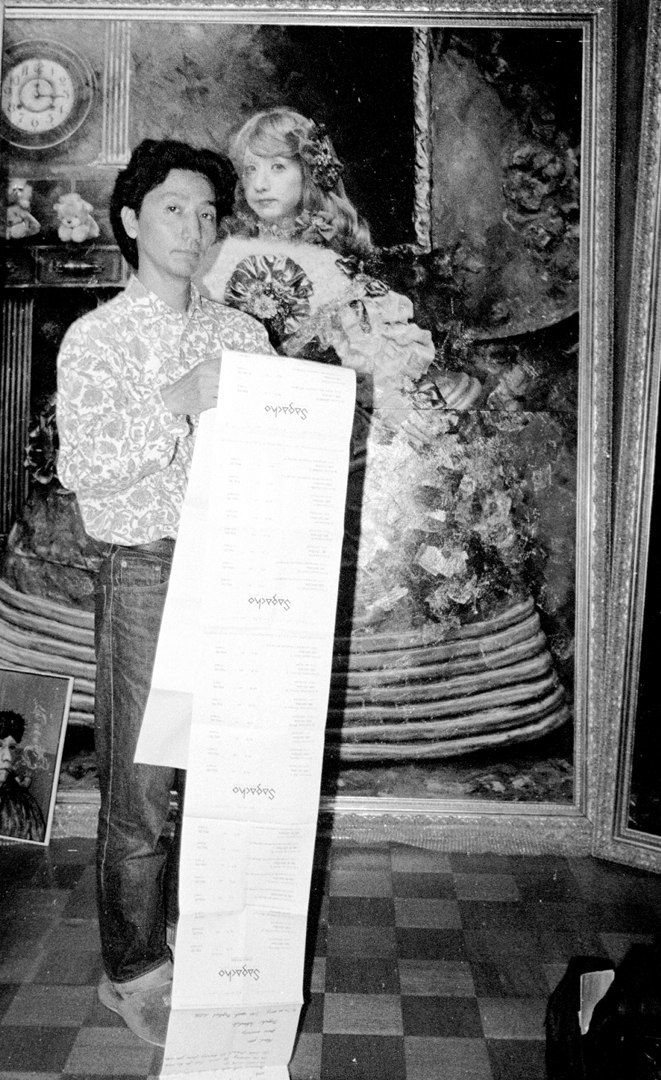
- Birth Year: 1951
- Death Year: Living as of 2023
- Nationality: Japanese
- Art Movement: Contemporary
- Notable Characteristics/Subject Matter: People
- Notable Artwork: “Sky Child (Encounter)”
Morimura’s artworks often involve his meticulous reenactment of iconic images from Western art history, popular culture, and historical photographs. He often makes use of traditional Japanese painting techniques.
Through the use of elaborate costumes, makeup, and props, he transforms himself into the subjects of these iconic images, blurring the boundaries between reality and fiction, past and present, and Eastern and Western cultures. Many Japanese artists admire his style.
14. Chiho Aoshima
- Birth Year: 1974
- Death Year: Living as of 2023
- Nationality: Japanese
- Art Movement: Superflat
- Notable Characteristics/Subject Matter: Pattern and shape blending
- Notable Artwork: “Mujina”
Chiho Aoshima is a contemporary Japanese artist known for her captivating and surreal digital artworks. Born in 1974 in Tokyo, Aoshima’s art combines elements of traditional Japanese art, manga, and contemporary pop culture to create dreamlike and fantastical compositions. She now ranks among the most famous Japanese artists.
Aoshima’s distinctive style is characterized by vibrant colors, intricate details, and a sense of whimsy. She often depicts otherworldly landscapes inhabited by fantastical creatures, merging the natural and supernatural realms. She has some amazing artworks that have heavily influenced even renowned artists.
15. Hiroshige
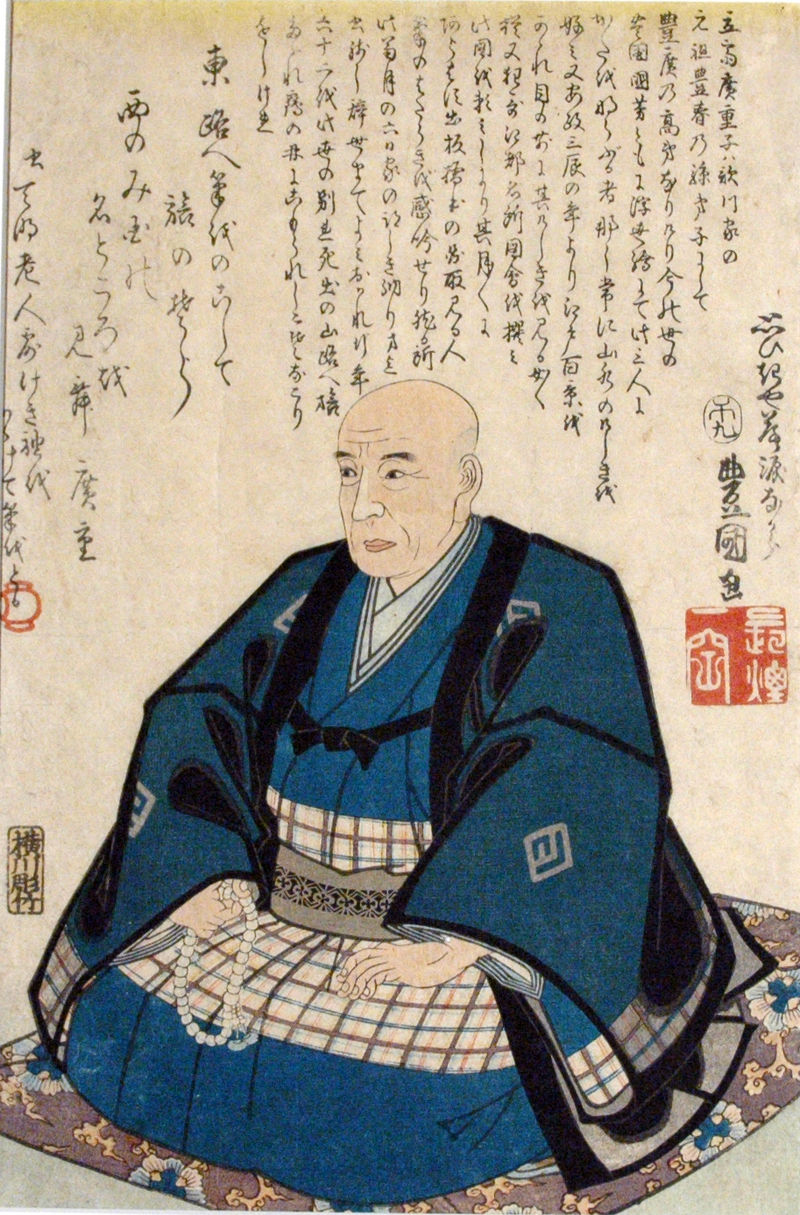
- Birth Year: 1797
- Death Year: 1858
- Nationality: Japanese
- Art Movement: Ukiyo-e
- Notable Characteristics/Subject Matter: Japanese cities
- Notable Artwork: “One Hundred Famous Views of Edo”
Hiroshige was a highly acclaimed Japanese artist. He was considered one of the last great masters of traditional Japanese woodblock printing and belonged to the ukiyo-e movement.
One of his most famous works is “One Hundred Famous Views of Edo,” which features intricate depictions of life in Japan’s capital city during the Edo period. “Fifty-three Stations of the Tōkaidō,” is also one of his most famous paintings. It is a series that illustrated various stations on the Tokaido highway between Edo (Tokyo) and Kyoto.
16. Yokoyama Taikan
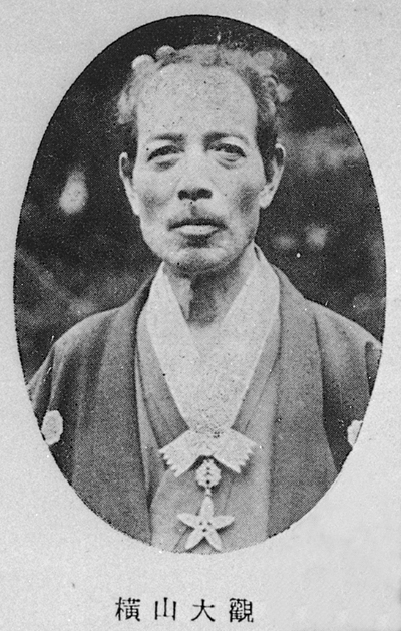
- Birth Year: 1868
- Death Year: 1958
- Nationality: Japanese
- Art Movement: Nihonga
- Notable Characteristics/Subject Matter: Mountaintops, people
- Notable Artwork: “Selflessness”
Taikan’s early training began with Western-style painting, but he later turned to Nihonga, emphasizing traditional Japanese materials and themes. He sought to bridge the gap between traditional Japanese art and the evolving modern era, blending classical techniques with contemporary subject matters.
17. Tenshō Shūbun
- Birth Year: 1414
- Death Year: 1463
- Nationality: Japanese
- Art Movement: Active in the Edo period
- Notable Characteristics/Subject Matter: Landscapes, the natural world
- Notable Artwork: “Reading in a Bamboo Grove”
Tenshō Shūbun was a Japanese painter and Zen Buddhist monk. Shūbun is considered one of the key figures in the development of Japanese ink painting, particularly the suiboku-ga style (also known as Sumi-e or ink wash painting).
His works often depicted landscapes and were characterized by a minimalist approach, using ink and brushstrokes to convey a sense of depth, space, and tranquility.
18. Hiroshi Senju
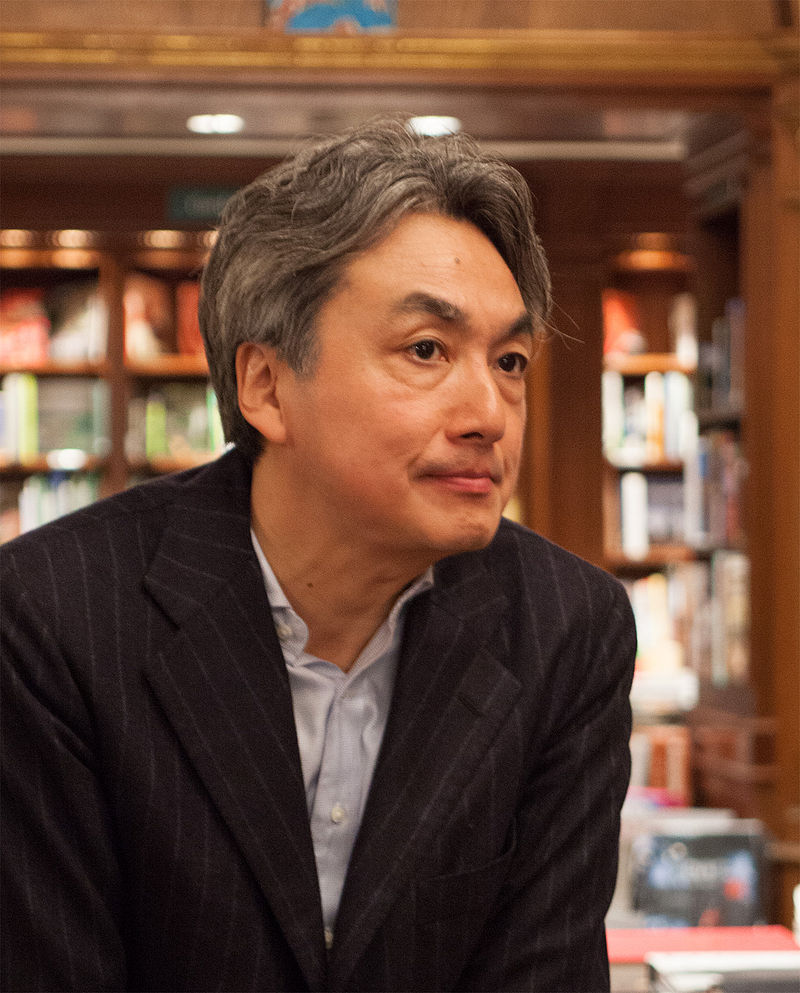
- Birth Year: 1958
- Death Year: Living as of 2023
- Nationality: Japanese
- Art Movement: Nihonga
- Notable Characteristics/Subject Matter: Water
- Notable Artwork: “Waterfall”
Senju’s artistic style is deeply rooted in the traditional Japanese art form of Nihonga, which is a more traditional Japanese painting style. He is particularly renowned for his waterfall series, where he captures the essence of cascading water in a breathtaking and meditative manner.
His paintings showcase a mastery of brushwork, utilizing flowing lines and vibrant colors to evoke a sense of movement and tranquility. His work has made Japanese history.
19. Utagawa Kuniyoshi
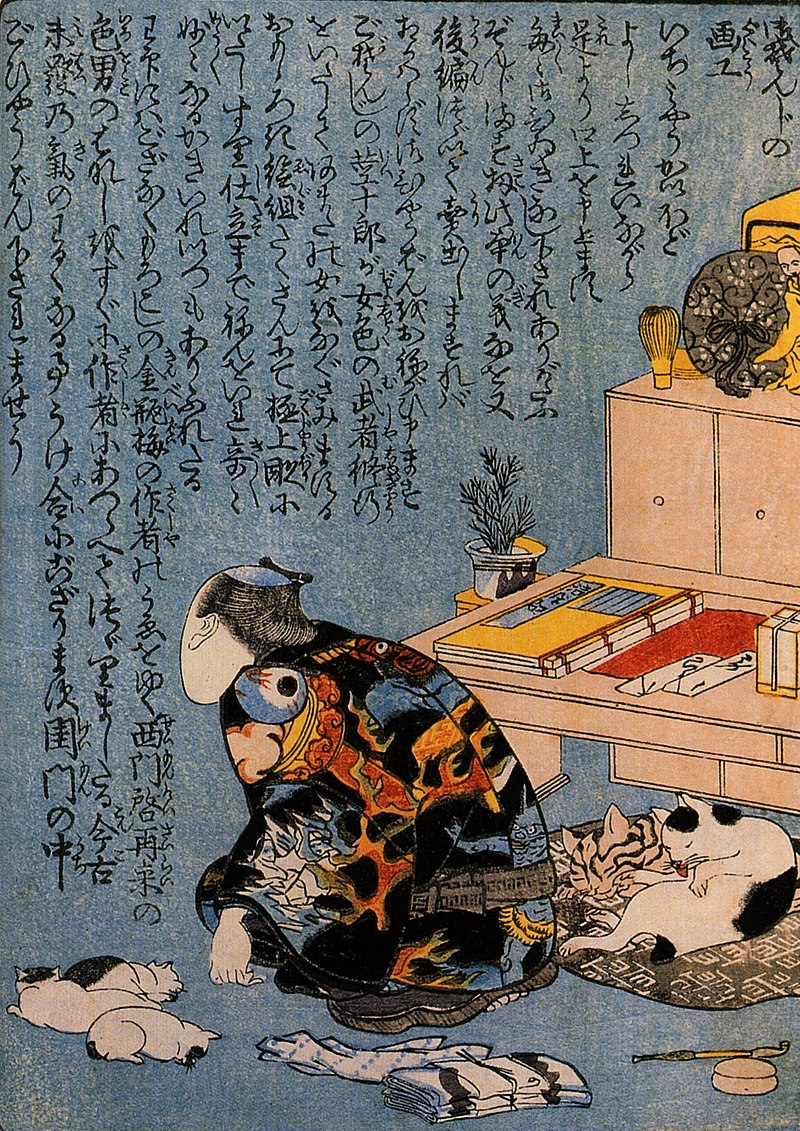
- Birth Year: 1798
- Death Year: 1861
- Nationality: Japanese
- Art Movement: Ukiyo-e
- Notable Characteristics/Subject Matter: Landscapes
- Notable Artwork: “Woodblock Print”
Utagawa Kuniyoshi was a renowned Japanese painter. Kuniyoshi was considered one of the last great masters of ukiyo-e style woodblock prints and paintings during the late Edo period in the 19th century. His work is an important part of Japanese culture and he was known for his ability to blend Japanese art styles.
20. Kuroda Seiki
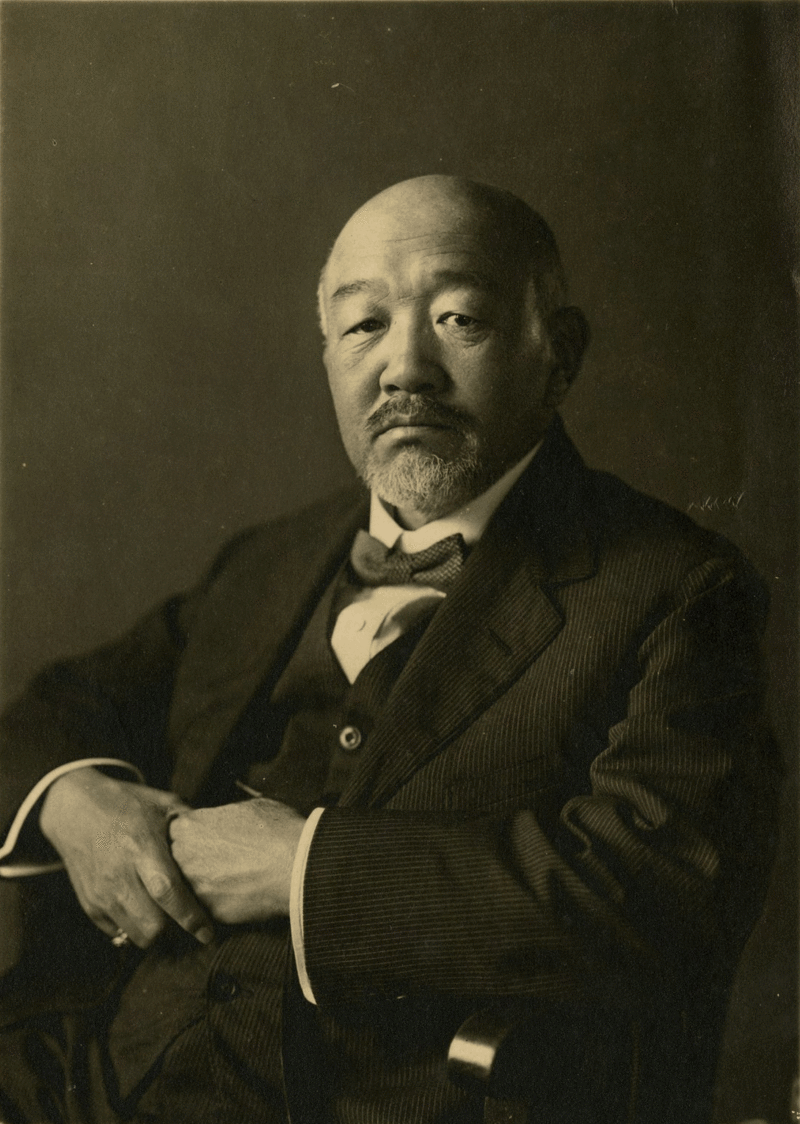
- Birth Year: 1866
- Death Year: 1924
- Nationality: Japanese
- Art Movement: Impressionism
- Notable Characteristics/Subject Matter: People
- Notable Artwork: “Morning Toilette”
Kuroda Seiki was a highly influential Japanese painter and teacher who played a significant role in bringing Western art theory to Japan during the late 19th and early 20th centuries. A famous painting of Seiki’s is “Morning Toilette.”
Born into a wealthy family, Kuroda initially went to Paris to study law but eventually switched his focus to painting. He was known for blending different Japanese art styles. He is listed among the most famous Japanese artists and many Japanese artists revere his work.
